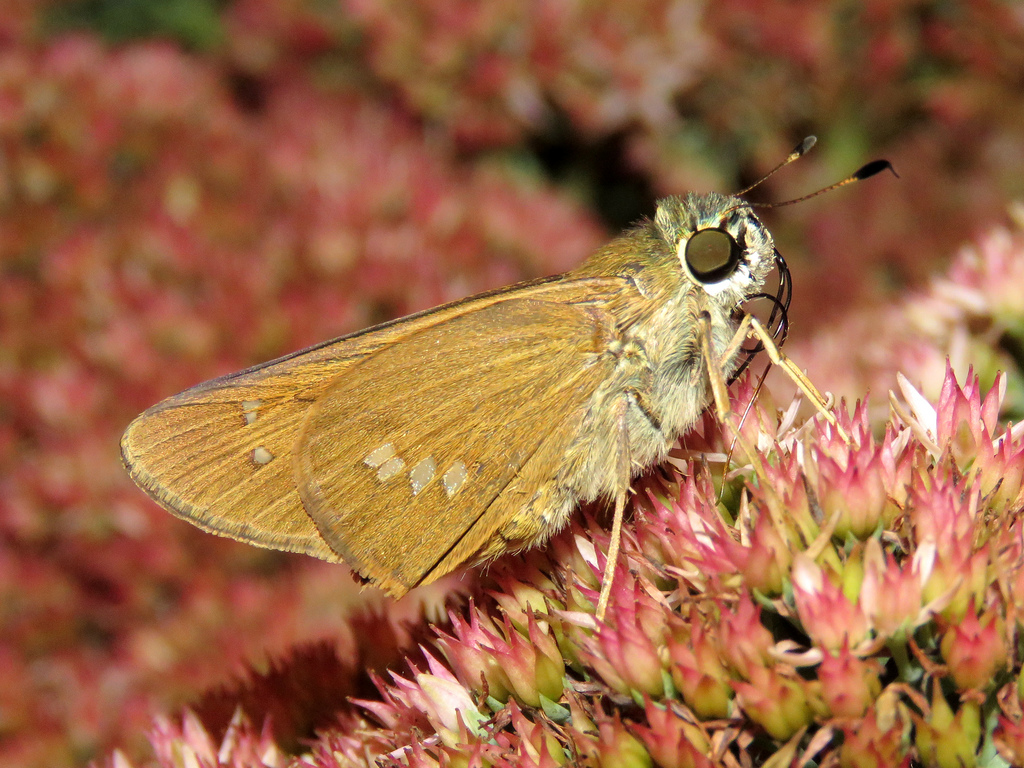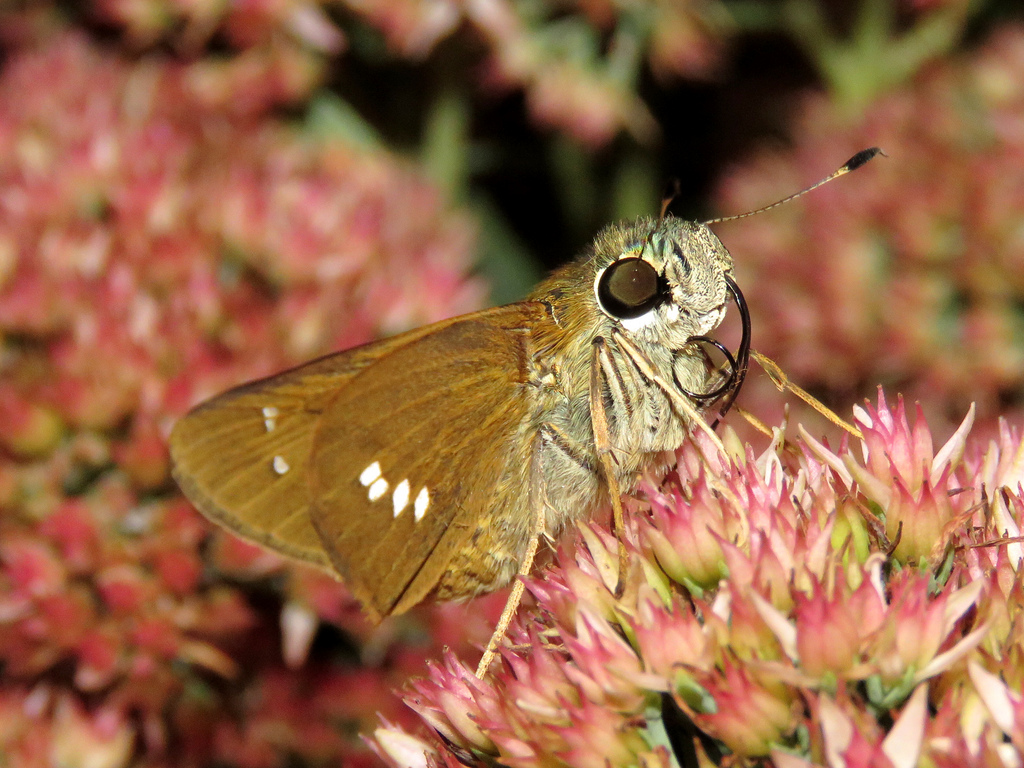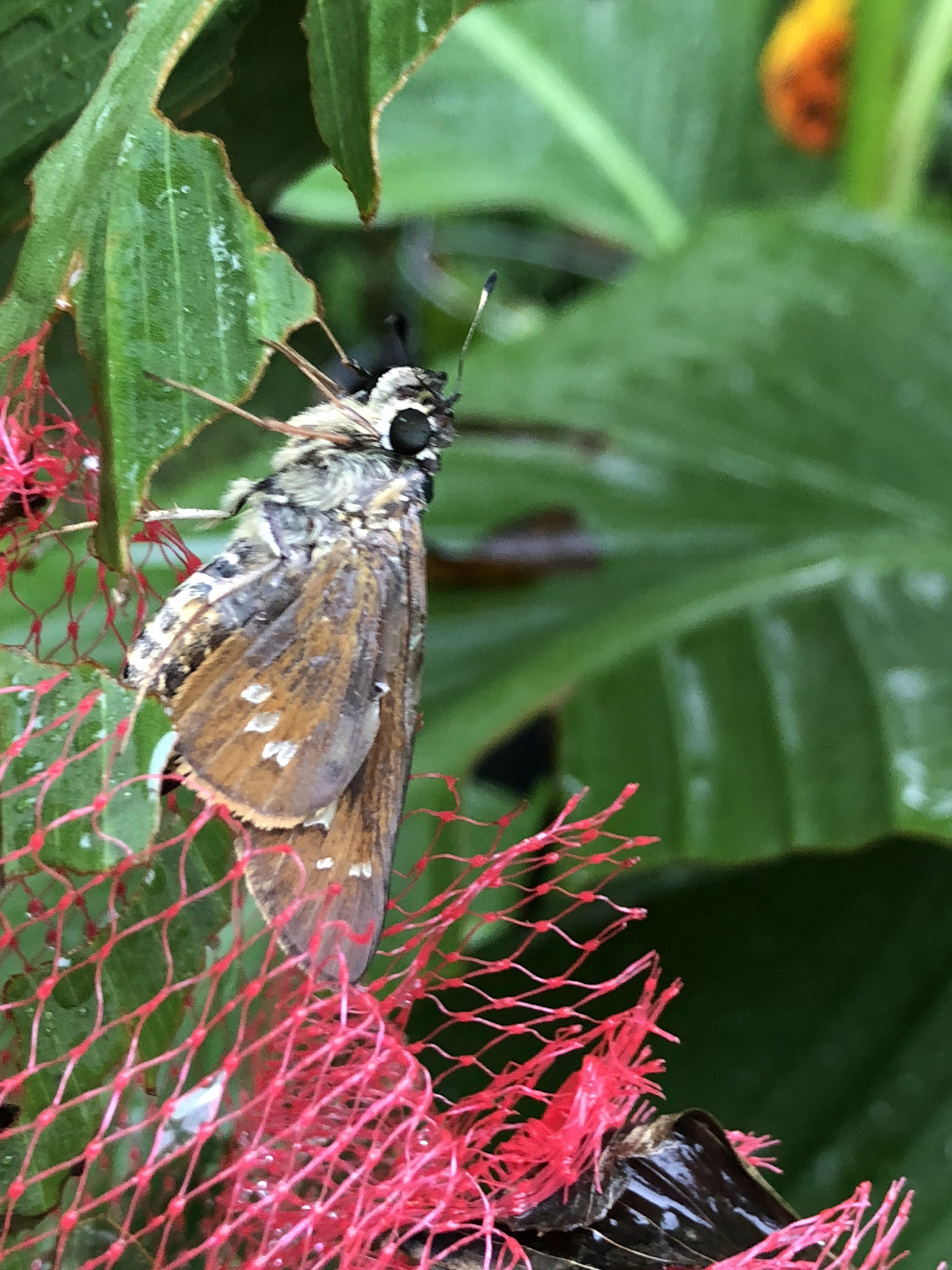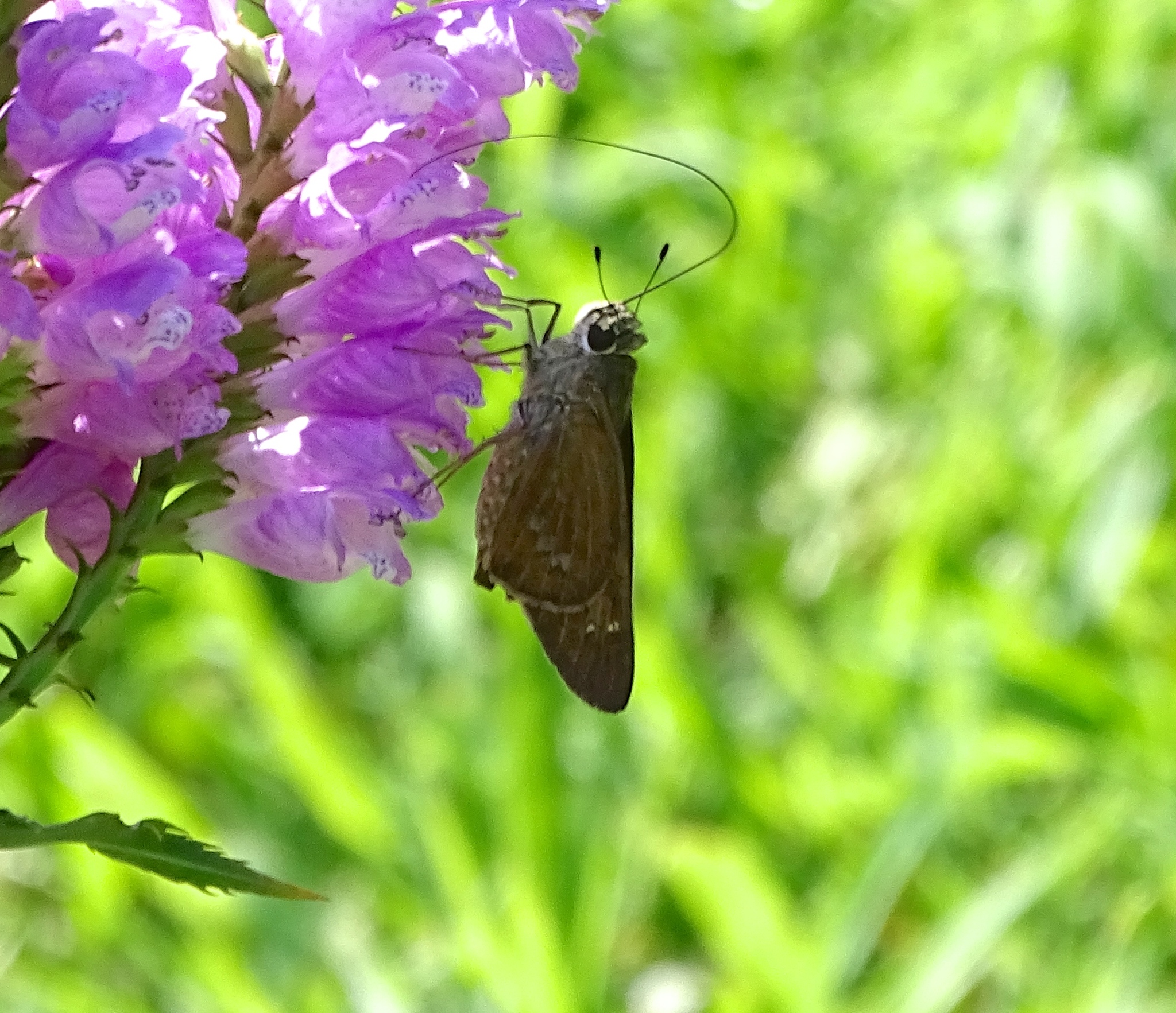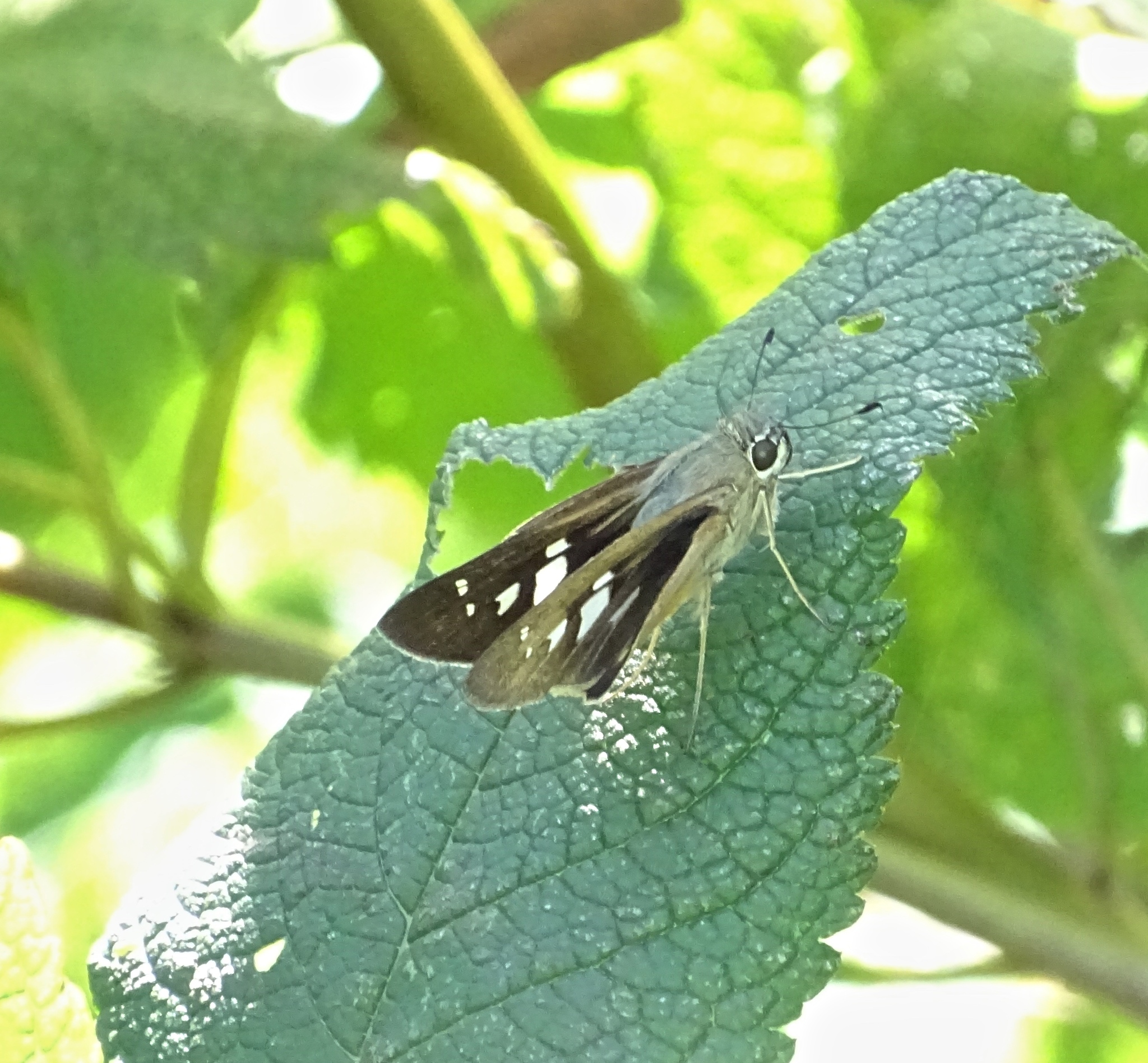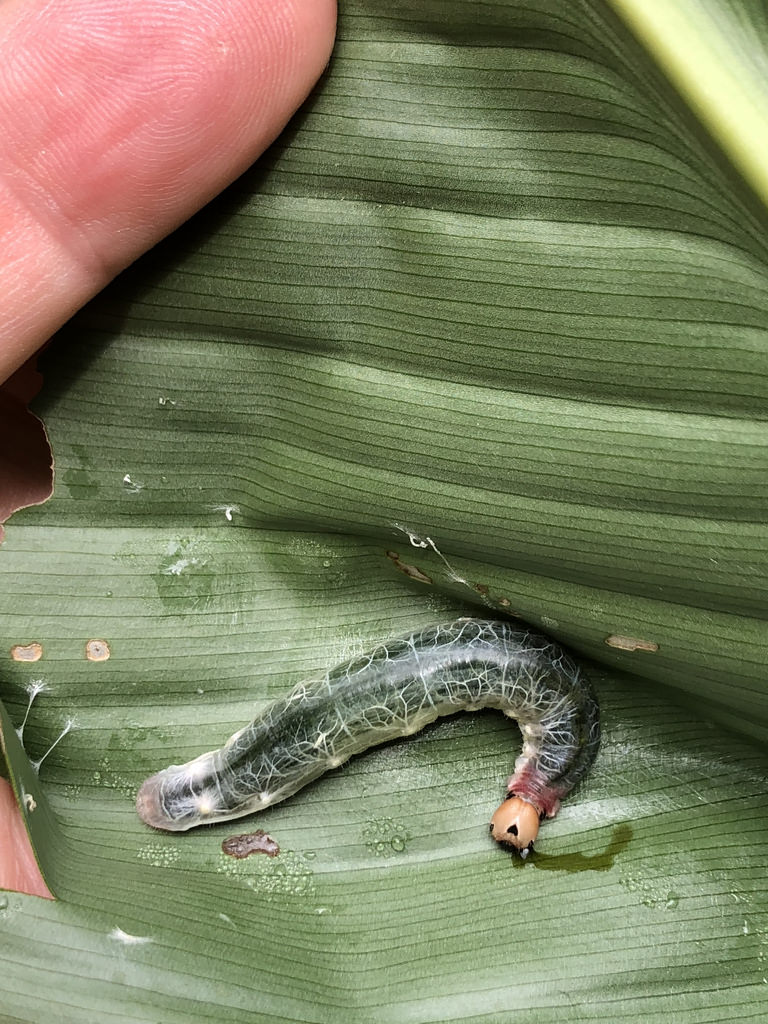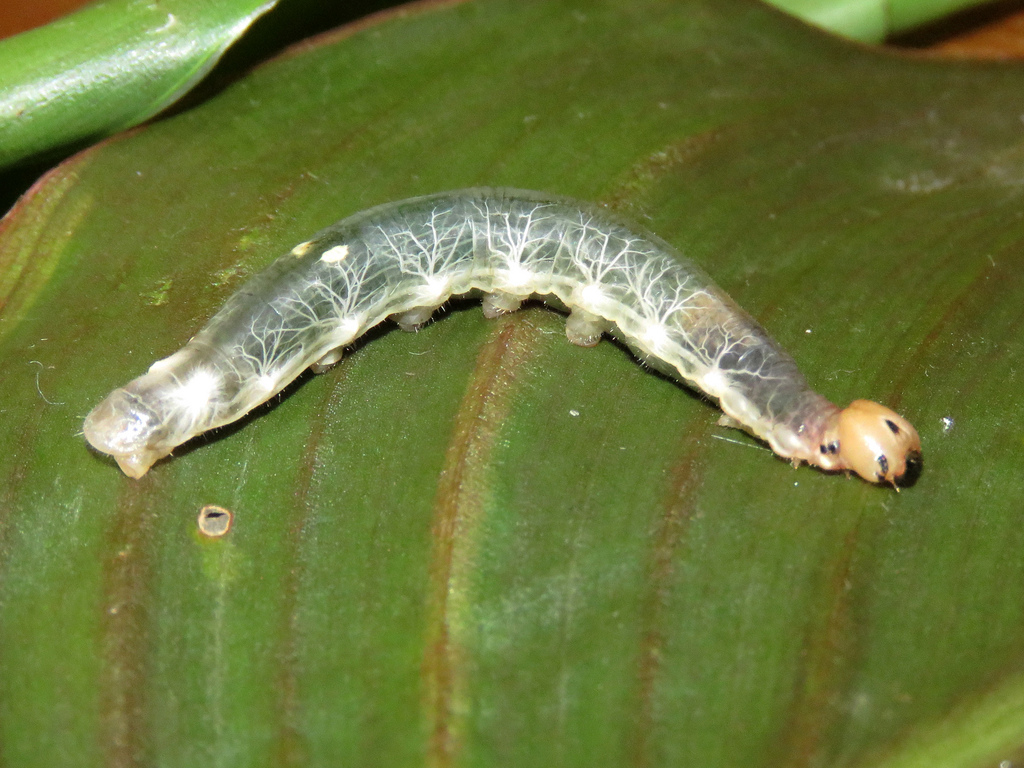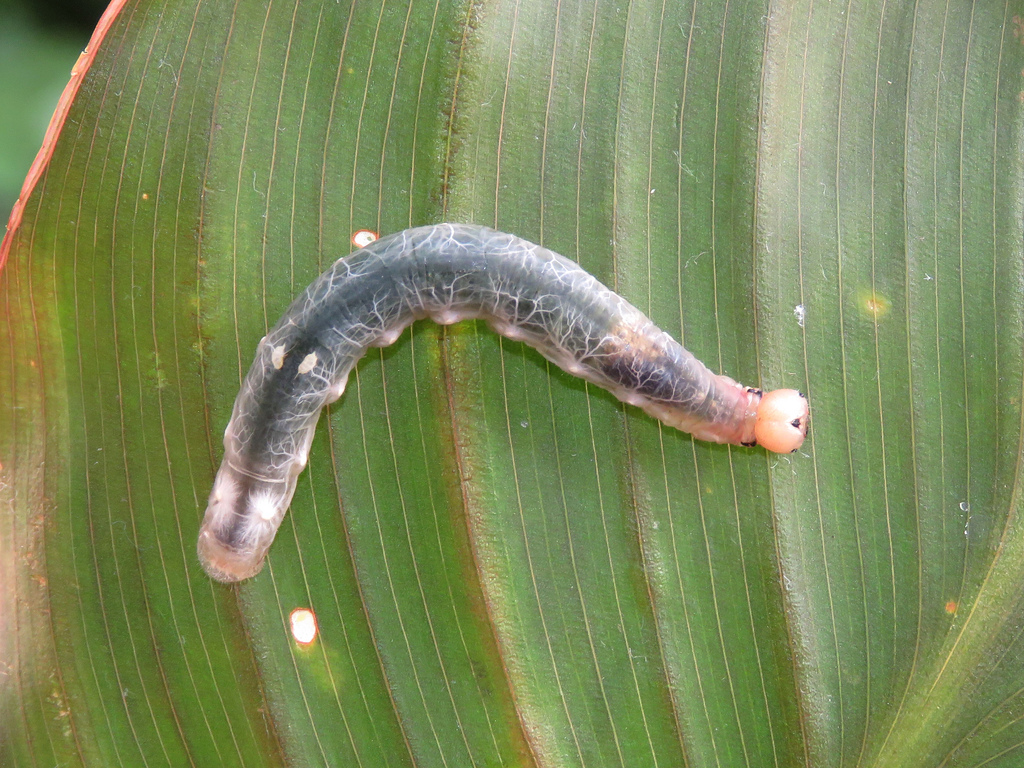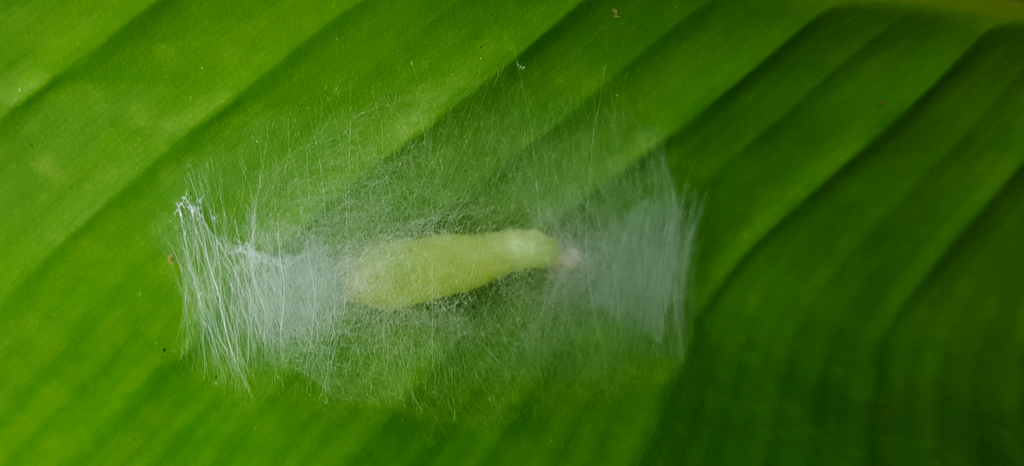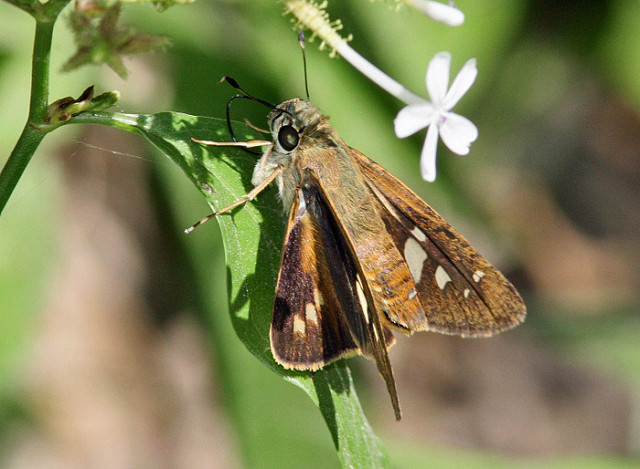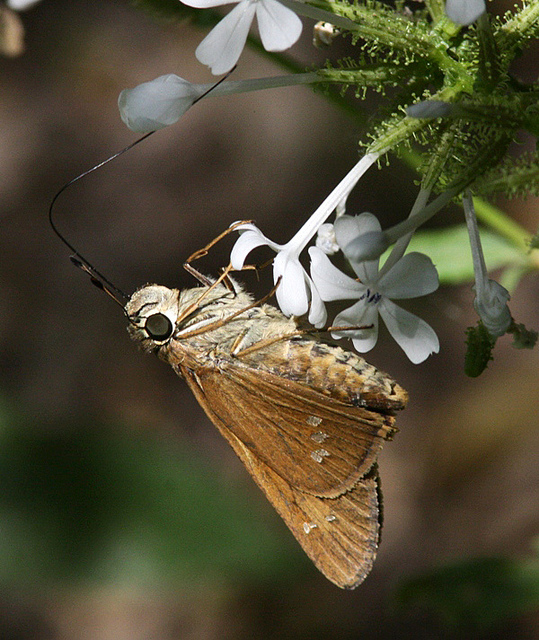Map Snapshot






8 Records
Status
Brazilian Skipper is a very rare vagrant to Maryland. This big, powerful skipper is a strong flier, and often disperses far north of its breeding range, which includes Florida, west along the Gulf into Texas (Brock & Kaufman, 2003). As in Cape May, New Jersey, summer 2018 saw several Maryland records, which may be related to the nursery trade, natural expansion, or a combination of factors.
Relationships
Uses canna species in its breeding range and now caterpillars have been documented on canna in Maryland.
Seasonality Snapshot
Source: Wikipedia
This article includes a list of general references, but it lacks sufficient corresponding inline citations. (September 2024) |
| Calpodes ethlius | |
|---|---|

| |
| Scientific classification | |
| Domain: | Eukaryota |
| Kingdom: | Animalia |
| Phylum: | Arthropoda |
| Class: | Insecta |
| Order: | Lepidoptera |
| Family: | Hesperiidae |
| Genus: | Calpodes |
| Species: | C. ethlius
|
| Binomial name | |
| Calpodes ethlius (Stoll, [1782])
| |
| Synonyms | |
| |
Calpodes ethlius, the Brazilian skipper, larger canna leafroller or canna skipper, is a butterfly of the family Hesperiidae. It is found in the United States from southern Florida and southern Texas, south through the West Indies, Mexico, and Central America to Argentina. Strays and temporary colonies can be found north to southern Nevada, northern Texas, Illinois and Massachusetts.

The wingspan is 45–61 mm. Adults are on wing in late summer in the north. There are several generations from April to December in southern Texas, two generations from July to November in Arizona. Adults are on wing throughout the year in Florida and the tropics.
Adults feed on Lantana in Arizona. In Costa Rica, adults have been recorded feeding on the nectar from large white or pale yellow flowers of woody lianas, trees and shrubs.[citation needed]
Larval hosts include Canna spp., in which the larvae roll or fold the ends of leaves into tents.[2]: 312
References
[edit]- ^ "NatureServe Explorer 2.0 Calpodes ethlius Brazilian Skipper". explorer.natureserve.org. Retrieved 1 October 2020.
- ^ Kress, W. John; Prince, Linda M. (2000). "Chapter 218: CANNACEAE Jussieu". In Flora of North America Editorial Committee (ed.). Flora of North America North of Mexico. Vol. 22. Oxford University Press. pp. 310–314. ISBN 0-19-513729-9.
External links
[edit]
